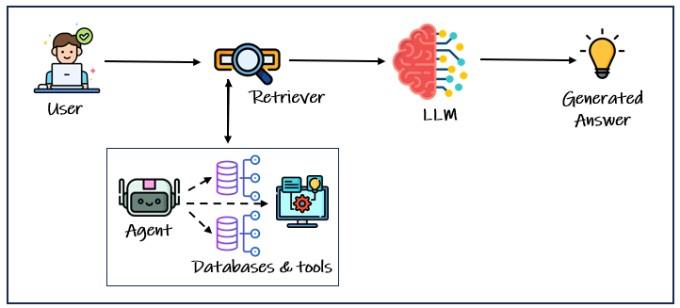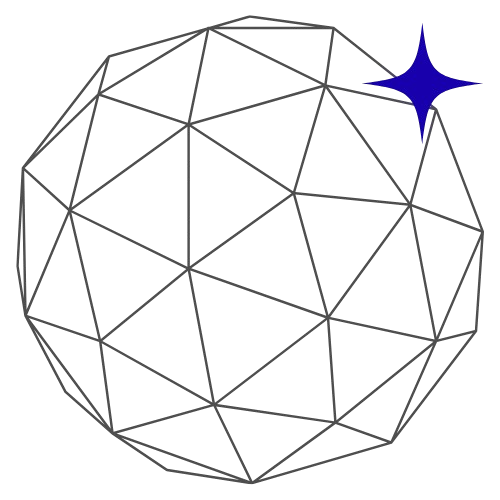The way we experience and generate digital content is changing with the help of generative AI. From chatbots that resolve customer issues to systems that generate images, videos, and audio, now we can use generative ai to create new content (such as words and pictures) they have learned from.
To be able to effectively apply generative AI in practice, it’s important to know what the critical steps and functionalities that power this work are. In order to apply generative AI effectively in practical use cases, it is critical to know the main stages and capabilities that underlie this technology.
Methods to Use of Generative AI
Prompt
A prompt is a natural language request sent to the model in order to elicit a response. Prompts can include:
-
Text
-
Images
-
Videos
-
Audio
-
Documents
-
Or multiple modalities (multimodal prompts)
Designing prompts covers the art of creating prompts to obtain what one seeks. Vertex AI Studio has a prompt management feature that helps in organizing and refining prompts.

Foundation Models
Prompts are sent to the foundation models for response generation. Vertex AI offers several foundation models via a managed API. These include:
-
Gemini API: Advanced reasoning, multiturn chat, code generation, and multimodal.
-
MedLM: Medical question answering and summarization (deprecated).
Model Garden allows you to explore Google models, open models, and partner models. Models can differ in size, modality, and cost.

Model Customization
You can fine-tune Google’s foundation models to ensure consistent, desired behavior without complex prompting. This process is called model tuning.
Benefits:
-
Simplifies prompts
-
Reduces request cost and latency
Vertex AI also provides:
-
Model evaluation tools for performance assessment
-
Deployment and monitoring tools for production workflows
-
Standard MLOps integration
Access External Information
Vertex AI offers numerous ways to connect models to external data sources and APIs:
-
Grounding: Connects model responses to a source of truth, such as your data or web search, to reduce hallucinations.
-
Retrieval-Augmented Generation (RAG): Connects models to external knowledge bases such as documents and databases to provide more accurate answers.

Citation Check
After the response is generated, Vertex AI automatically checks for citations if required. If there is significant text coming from a particular source, it gets added to the response’s citation metadata.
Responsible AI and Safety
Before returning any result, Vertex AI performs safety checks on both the prompt and the response. The system calculates the degree to which they represent any safety class. If a threshold is exceeded, the response is blocked and a fallback response is returned.
To explore more related articles, visit AI Tools

